History is a place inhabited with some pretty weird and bizarre stories. When we study history, whether in school or for our own interest, we tend to focus on one topic at a time.
But have you ever stopped to think about how all those events are intertwined on the timeline of world history? Here’s a selection of seemingly unconnected pieces of history repackaged to make you think about them from a different angle.
Born in the same year: Queen Elizabeth II and Marilyn Monroe
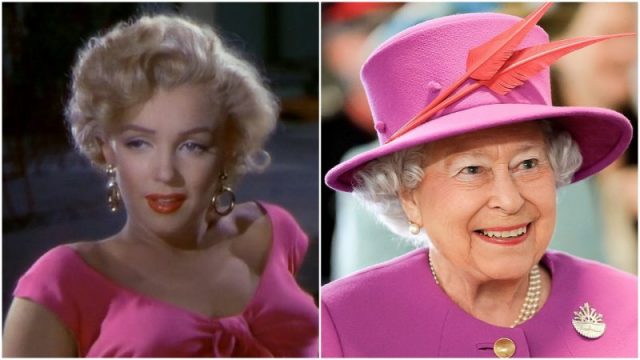
The current British head of state, Queen Elizabeth II, is 92-years-old. With more than six decades on the throne, Her Majesty is the longest serving monarch in the history of Britain. It’s a huge achievement.
During her 66-year-long reign, the Queen has been served by 13 Prime Ministers, from Winston Churchill to Theresa May. Since her coronation on February 6, 1952, she has also seen the change of 13 U.S. presidents, beginning with President Truman.
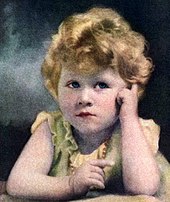
One quirky fact about Queen Elizabeth II is that she was born on April 21, 1926, less than two months before American icon Marilyn Monroe, who was born on June 1st the same year.
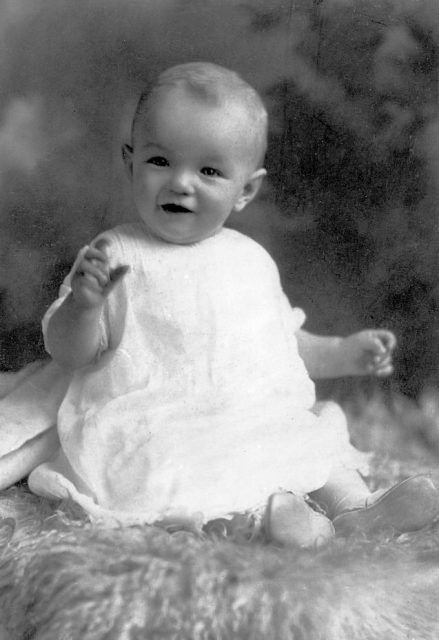
When these two famous women were aged 30, they met in London. The occasion was the movie premiere of The Battle of the River Plate in October 1956, the plot of which revolves around a naval battle between the British and Germans early in World War II.
The rare photograph which testifies to the meeting of the two women shows Marilyn waiting her turn to shake hands with the Queen.
Ferdinand Magellan and Yuri Gagarin were 439 years apart
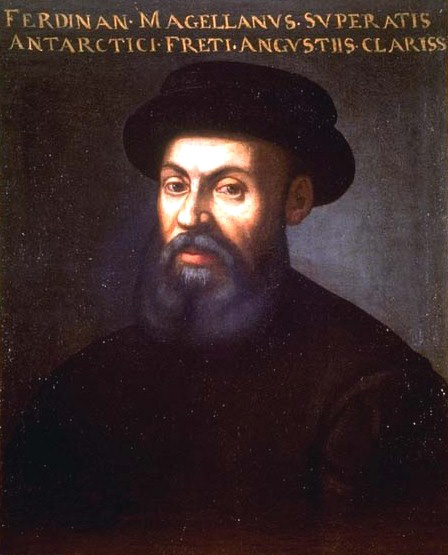
More than four centuries passed between the first circumnavigation of the planet by boat, and the first time a human orbited Earth in space.
Ferdinand Magellan launched his historic three-year-long expedition in September 1519. Traveling east, he led his fleet east across the Atlantic and made the first recorded navigation of the passage from the Atlantic Ocean to the Pacific Ocean that is today called the Straits of Magellan.
Of the five ships that set sail from Spain, only the Trinidad completed the trip. Magellan himself was killed after the crew became embroiled in local war in the Philippines. In fact, only a few members of the original crew were still alive at the time the voyage was completed in September 1522.
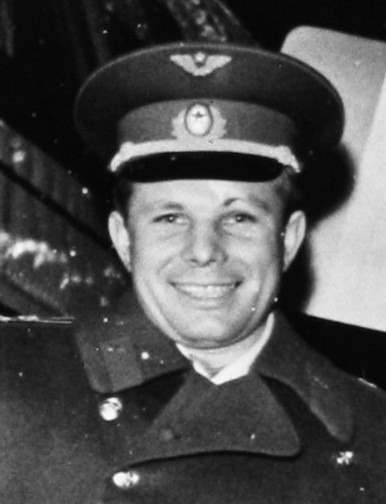
If there is an achievement in space to measure to this effort, it took place 439 years later. On April 12, 1961, Soviet cosmonaut Yuri Gagarin entered world history as the first human to orbit the planet. His craft Vostok 1, operated by an automatic control system, kept a maximum altitude of 187 miles. Gagarin completed the mission in just 108 minutes.
The London Underground opened during the American Civil War
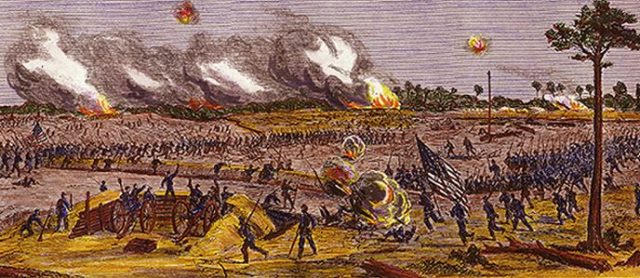
The London Underground, or the Tube, began its operation on January 10, 1863 when the American Civil War was still raging in full swing. In the beginning, there was only one underground railway line, linking Bishop’s Road (today Paddington) and Farringdon Street. The Metropolitan Railway continued expanding the network from here on.
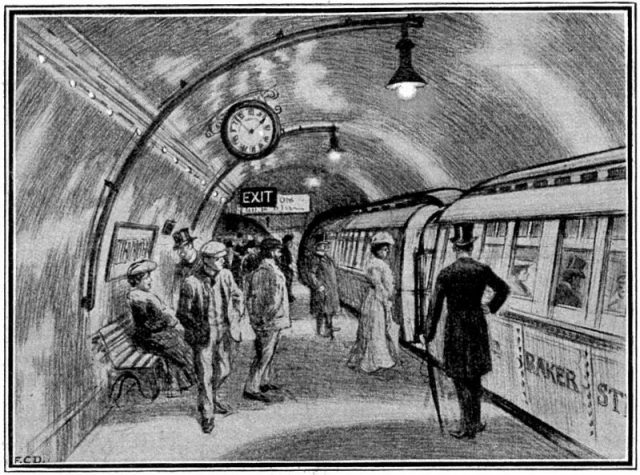
That same January, across the pond, Abraham Lincoln issued the Emancipation Proclamation which vowed for the freedom to “all persons held as slaves.”
Though the Proclamation had a limited effect, it was still of great significance.
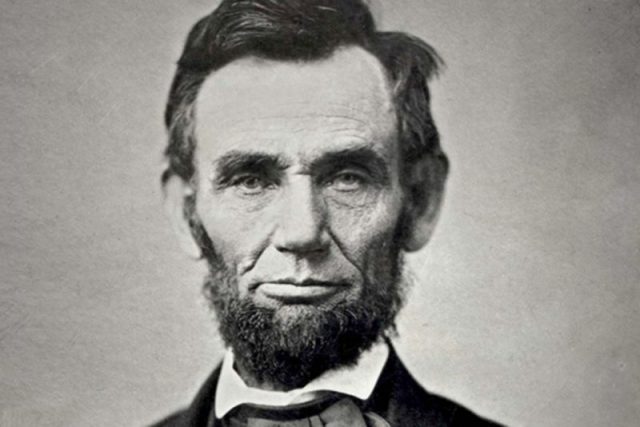
Later that year the Battle of Gettysburg was fought, which within only three days claimed the lives of some 23,000 on the Union side and 20,000 on the Confederate side. As History writes, this battle “is considered the most important engagement of the American Civil War.”
Today, life and transport in London cannot be imagined without the London Underground network. As for the Civil War, it continues to occupy a central place in U.S. history.
Lincoln died the same year Stetson produced the first western hat
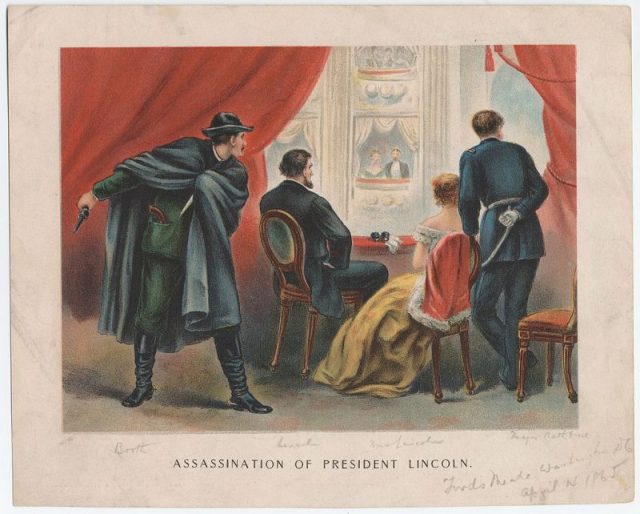
In 1865, the American Civil War came to a conclusion. It was the year when the 13th Amendment abolished slavery in the U.S., but also when President Abraham Lincoln was assassinated at Ford’s Theater in Washington, D.C.
During these turbulent times, the Ku Klux Klan was also founded, and the New York Stock Exchange began operating the first permanent headquarters near Wall Street in New York.
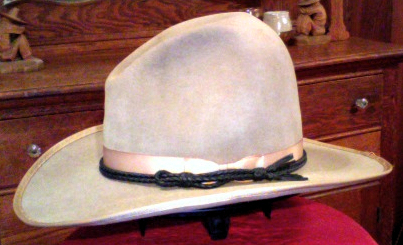
All these events heavily influenced society, history, politics, and economy. But there was one other thing that came out in 1865 that is also part of American culture. Cowboy hats.
That year, John B. Stetson founded a factory near Philadelphia and began production of his “Boss of the Plains” hat, a wide-brimmed felt hat designed to be waterproof, durable, and stylish. Stetson followed with the front-creased Carlsbad, which is still thought of today as “the” cowboy style.
Star Wars came out the same year Elvis Presley died
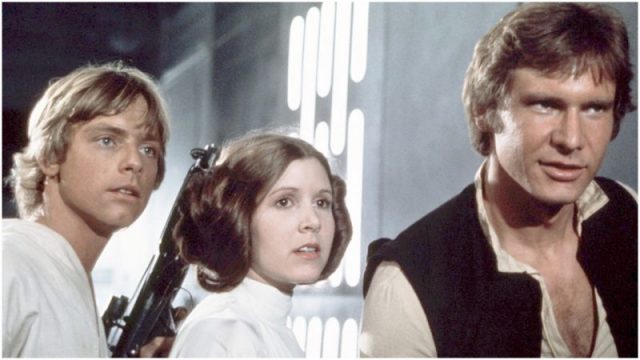
In the spring of 1977, George Lucas released a film which nobody, not even Lucas himself, believed would measure any success. The filming of Star Wars was painstaking. Some of the obstacles included rebuilding the set after it was wrecked by a storm while filming Tatooine scenes in Tunisia, delays in creating the special effects footage, and a string of electronic malfunctions.
However, the success was instant. Star Wars went on to make millions in the box office and announced the birth of the most popular sci-fi movie franchise in the world.
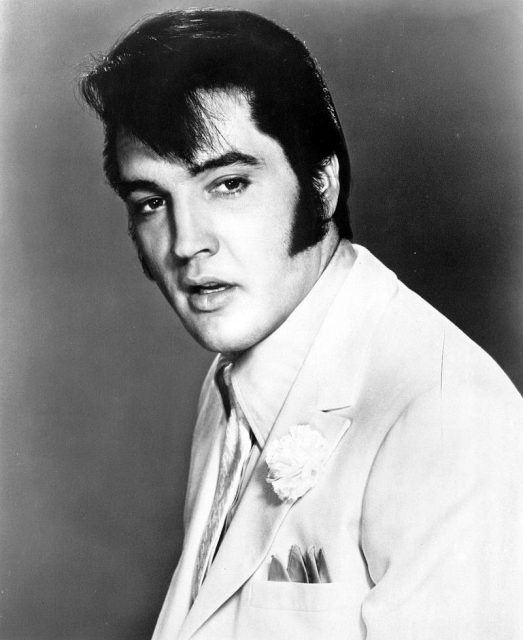
While Star Wars was a huge gain for the entertainment industry that year, a big loss came in the summer when Elvis Presley, the “King of Rock and Roll” died.
The last years of Presley’s life were not so remarkable. The legendary singer, one of the highest-selling solo performers of all times, struggled with drug addiction, various health issues, and divorce.
Titanic sank the same year we got grocery shopping bags
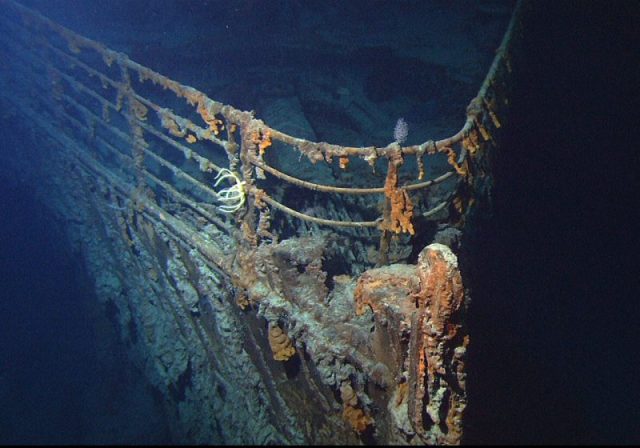
The RMS Titanic, billed as the greatest ship of its day, became famous after it sank on its maiden voyage in April 1912. It was a tragedy that has since never left the public imagination and “fascination” with the disaster.
Also in 1912: Walter H. Deubner, owner of a small grocery shop in Minnesota, invented something we still use today. Paper grocery bags.

Deubner observed how people who stopped by his shop often struggled to carry too many items. His invention allowed them to pack in up to 75 pounds of goods and carry them with ease.
On the day the shopping bag debuted at Deubner’s premises, it sold out by noon. 50 pieces were sold for five cents each. Within three years after patenting the paper bag, Deubner was making millions.
It took Deubner took four years to come up with his final design — more time than shipwrights took to build the Titanic. The construction of the ocean liner began on March 31, 1909.
Yellowstone was declared a national park before the telephone was patented
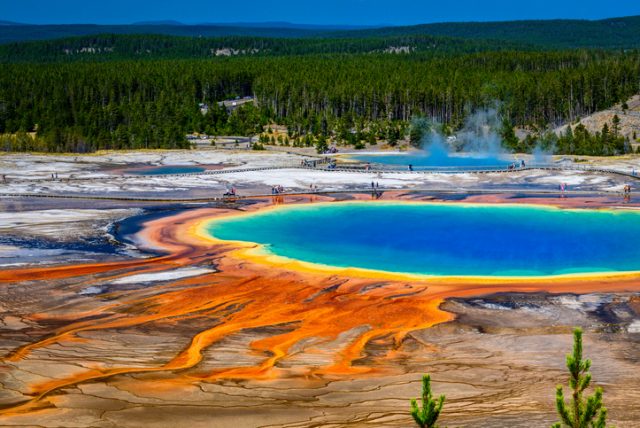
Yellowstone National Park was established as the first National Park in the United States, and also in the world, in 1872.
This was four years before the U.S. Patent Office issued a patent to Alexander Graham Bell for the world’s First Practical Telephone in 1876.
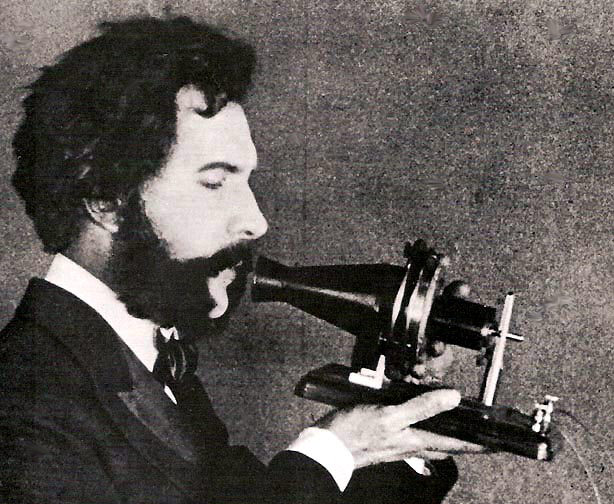
Bell was originally commissioned by investors to work on another popular machine of the day — the harmonic telegraph. This machine allowed for the wired transmission of more than one message at the same time. However, Bell, who was more confident in a machine that could transmit the voice, persuaded the investors to allow him to dedicate time on that too. Fortunately, he was granted permission.
In 1913, Hitler, Trotsky, Stalin, Tito, and Freud all lived in the same city
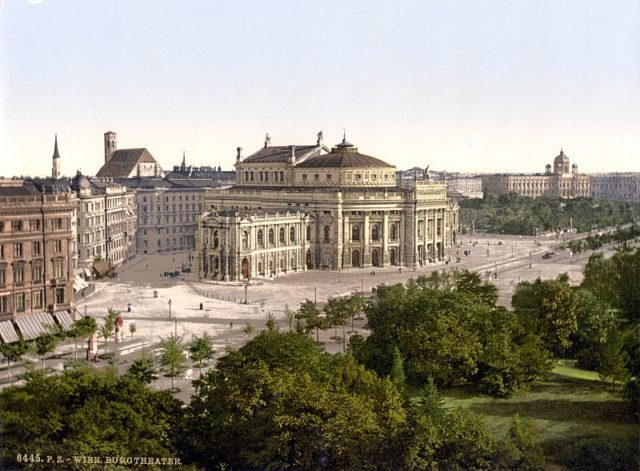
Adolf Hitler, Leon Trotsky, Joseph Stalin, Josip Broz Tito, and Sigmund Freud — five famous names of the 20th century. Looking back at their place in history, we can easily associate each of them with a distinct world event or period.
Hitler is the most well known dictator in modern history. His plans for creating the Lebensraum for his “master race” triggered the most horrendous war in the history of the world. He committed suicide once he realized he was losing World War Two.
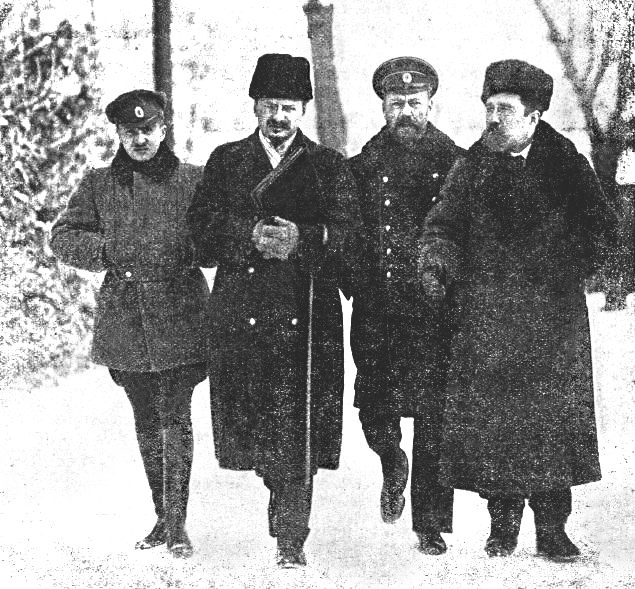
Leon Trotsky was a major political opponent of Joseph Stalin in the early years of Soviet communist rule. As Stalin consolidated his power in the USSR, Trotsky fled to Mexico. But even there he was unsafe and was assassinated in 1940, on the orders of Stalin.
Josip Broz Tito, or Marshal Tito, was the golden leader of Yugoslavia, the socialist federation which consisted of Bosnia and Herzegovina, Croatia, Macedonia, Montenegro, Serbia, and Slovenia. The country existed as such from World War II until 1991, 11 years after Tito’s death.
And Freud developed groundbreaking theories that mused on human sexuality and psychology.
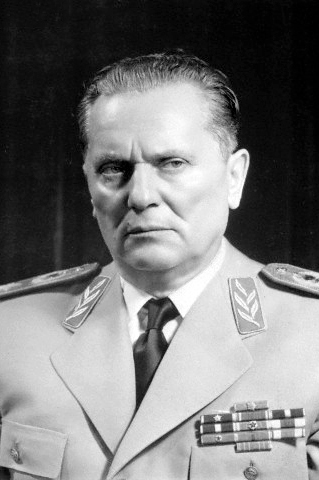
The lives of these five giants all intersect in Vienna, which at that time was the capital of the Austro-Hungarian Empire, in 1913.
Freud’s theories were well established; Hitler was still smarting after his second rejection to join the Vienna Academy of Fine Arts; Trotsky and Stalin were both on the run; and Tito was in the city for the money, working at the Daimler automobile factory.
Read another story from us: 25 Years Later – 5 Surprising Facts About Schindler’s List
Did any of them have any idea what their name would mean by the end of the century? It’s weird enough to think that even for a moment they all walked the streets of the same city.
